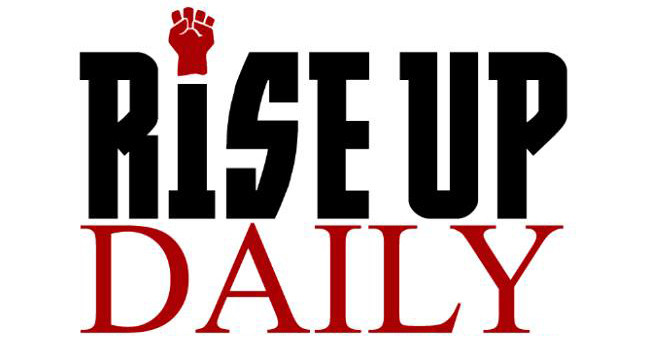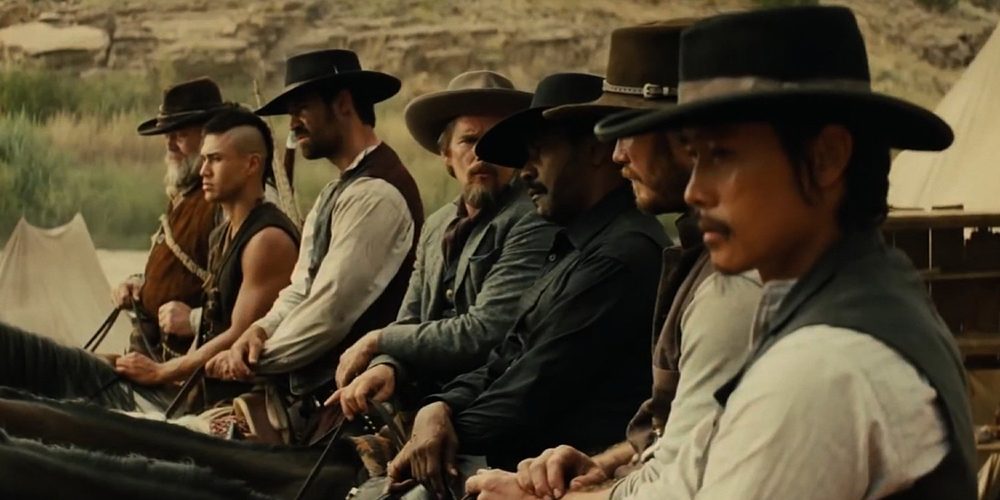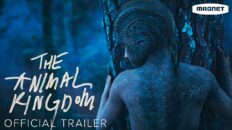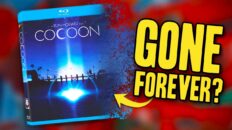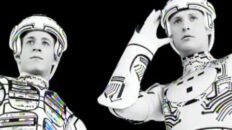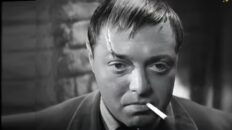At this point, after so many visions and revisions, a plot summary of The Magnificent Seven in any of its forms is unneeded. Seven heroes band together to save a small community from the predations of a merciless gang. Since (at least) The Seven Samurai, this basic setup has been replicated in Westerns (the original Magnificent Seven and its sequels and TV-show remake), space operas (Battle Beyond the Stars), comedies (The Three Amigos), and children’s cartoons (A Bug’s Life). There have been no fewer than two Chinese versions—Seven Warriors in 1989 and Seven Swords in 2005. It’s a story-type common enough to earn its own TV Tropes page. It is not, shall we say, a terribly original idea at this point—a factor that many reviews pointed out in their dismissal of the film. However, with formula fiction (and the Western is, broadly speaking, formulaic), the interest does not lie in what the work does differently but in how effectively it arranges the expected character- and story-beats. In the case of Fuqua’s Seven, the interest resides primarily in the racial makeup of his titular Seven.
First, two digressions regarding the racial dynamics here. Though tying movies to the moment they are released is vexed (it takes a long time to make a film and often mapping them one-to-one onto their political environment is difficult), there was something very of-its-time about The Magnificent Seven. The movie came out in September of 2016, just as the American presidential campaign was in full swing. It was four years after the murder of Treyvon Martin. It was two years after the shooting of Michael Brown in Ferguson. State-sanctioned violence against minorities was very much on the public mind. In politics, one of the candidates was running on a platform that demonized minorities and implicitly called for a return to the bad old days of unquestioned white supremacy. It was a moment where it felt, apocalyptically, as if America stood at the crossroads. One path was an incrementally better one—one in which white people at least admitted that shooting unarmed black men in the streets was a bad thing. There was in some circles a feeling that racist right was self-destructing and a new order was surely arising. In the other direction lay a return to the Bad Old Days. Racism, sexism, and homophobia—all seemed to be somewhat in retreat—were more visible than ever to people who were not usually aware of them (that is, white, straight men), and with that visibility came an awareness that all this progress could vanish in the space of a single day. Some on the Left suggested that a strategic alliance between poor white voters and minority groups could usher in a new, more economically just, era. And it is in this moment that The Magnificent Seven appears on the scene—a movie that is centrally concerned with the myth that such an alliance can destroy power-structures and bring about a new order.
Digression the second. It would be a mistake to think that Fuqua is doing something radically new. The language of this movie is the language of Hollywood. During the Second World War, Hollywood churned out a number of movies centered around an ethnically-diverse platoon, as Erenberg and Hirsch observe in their introduction to The War in American Culture. John Cawelti (an incisive critic of genre fiction) extends this trend to westerns—and particularly the John Ford movie Stagecoach. In this movie, the travelers are a motley group “just as those oddly assorted bomber crews and infantry squads would redeem themselves and defeat the enemy in many later movies of World War II,” who triumph against “the enigmatic and hostile wilderness.” The purpose of this propagandistic storytelling was to assert that America is diverse, in contrast to the monolithic Arianness of the Nazis. The Magnificent Seven, in this sense, is a continuation of yet another well-established Hollywood pattern.
This mythology plays into what I will call the myth of unity. This myth suggests that consensus can be reached between minority groups and white persons who otherwise would be—are—racist. It’s an optimistic vision that suggests that if we can only locate the real bad guy—the man who manipulates and exploits poor white folk—then racism can be, not forgiven, but at least overcome by a shared interest in economic or existential survival. This is a particularly liberal fantasy that,when the movie was coming out in 2016, had some salience. Even now, during the long after-election hangover, much of the discourse on the Left follows this same trend—if only Leftists could focus on the real issues of economic exploitation, then they could convince poor white racists to abandon their racism and join the Glorious Cause.
Fuqua plays this myth out, in ways both optimistic and melancholy. The titular Seven are primarily minority-raced. Denzel Washington plays Chisolm, a variation of the Yul Brynner role. Joining him are Byung-hun Lee as an Asian gun- and knife-slinger named Billy Rocks, Manuel Garcia-Rulfo as Vazquez the Mexican bandit, and Martin Sensmeier as a Native American outcast named Red Harvest. This shift is suggestive. Readers familiar with the 1960 original will recall that, while one of the Seven was ostensibly Mexican, the primary actors where white while the villagers were Mexican. This contrast was, in fact, the source of some controversy in its day; the Mexican government, unhappy after the movie Vera Cruz (1954) portrayed the country as backward and dirty, insisted that the villagers in this movie should have perfectly white costumes. That is to say, the original movie partakes of another American myth—that of the white hero who saves the ethnic villagers.
In Fuqua’s take, this binary is neatly inverted. Here, the villagers are white. Blindingly so. And so is the villain, a corrupt businessman named Bogue (Peter Sarsgaard). Bogue talks about God and money and is—let’s just say it—the incarnation of The Man. Bogue’s manipulative use of religion to further his own capitalist ends suggests that Fuqua is interested in a three-way intersection of capitalism, whiteness, and religion. Capitalism, by this reading, would be tied to racial injustice at a root level. Capital and Religion unite to further the ends of the (white) powerful against the (also white) villagers and the minority groups represented by the Seven (Chisolm’s backstory is important here—his family was murdered by Bogue). White power, in this movie, is complicit both in the extermination of native groups and minorities and in the continual enslavement of poor whites. The solution is for poor whites and minorities to band together against the power. Thus, the myth of unity—these characters only need to understand that the real enemy is Bogue, not each other.
In Fuqua’s movie, the villagers are basically nonentities; he is interested, instead, in the racial dynamics within the Seven themselves. And to that end, he doubles-down on the implied diversity in the original movie. Fuqua framed this move as historical reclamation: America is very good at forgetting that African Americans have always been around, even in the wild west. White Americans are even better at forgetting that Asians have been in America for a long time, too—that their labor built the transcontinental railroad, that their presence inspired the first round of race-based immigration laws that eventually culminated in the sedimented layers of racist regulation that make up the United States’ current immigration legislation. In that sense, even the bare fact of using Denzel Washington or Byung-hung Lee as gunslingers is an attempt to force open the closed historical imagination.
Whiteness forms a background to all of this. Red Harvest complains about “White Man’s food” and Chisolm asks if Red Harvest speaks “White Man’s English.” Meanwhile, Billy Rocks says that Robicheaux (Ethan Hawke) helps him navigate white racism. These men must operate in a world constructed and dominated by whiteness—must in fact speak its language if they are to communicate at all. Their communication, then, even as representatives of oppressed groups, is mediated. And behind all of this is Bogue. The Man. The incarnation of perverse religion, capital, and whiteness—the material manifestation of the world these minority characters must navigate. Fuqua is interested in the problem of inter-racial harmony in a racially divided world dominated by white power. The central question asked by this movie, then, is this: how can white supremacy be overturned? And the answer suggested is that justice is reached through a multiracial alliance between poor whites and oppressed minorities. As I mentioned above, this is a recognizable myth, but it is one that is very near and dear to certain strains of American thought.
Central to this myth is the idea of the redeemability of racists. All of the white members of the Seven are racists to one degree or another: Robicheaux, though implicitly gay (and so part of another kind of minority) fought on the side of the white-supremacist Confederacy and still has some nostalgia for the Lost Cause, even though in practice he befriends Chisolm and Billy Rocks. Vincent D’Onofrio’s Jack Horne is an ex-Indian hunter whose job involved taking scalps from dead Native Americans. In these cases, the racism is mitigated by the obvious trauma these men have suffered. Hawke’s Robicheaux slots into the role played by Robert Vaughn in the original—that of a gunslinger who has lost his nerve. Meanwhile, Jack Horne seems to have retreated into a self-contained world of religion as a way to escape the horrors he himself inflicted. In contrast, Chris Pratt continues his streak of portraying charismatic-but-toxic males with Josh Faraday. Faraday is openly racist in his interactions with Vazquez. Tellingly, all of these men die. They become “magnificent” because they have died fighting for people upon whom they formerly preyed.
Critics have suggested that the characterization in this movie is flat. However, the movie’s construction suggests that these characters be read symbolically rather than as characters. If we expect realism from our film, perhaps charges of flatness would be legitimate. But if we assume that the film is something other than realistic—a Romance, say—then we can conclude that multidimensional, well-rounded characters are not what Fuqua is really after. He’s after the symbol. And, indeed, there’s something programmatic about the setup here. The Seven are paired up with each other over the course of the movie, entirely along racial/ethnic lines: Chisolm and Robicheaux fought on opposite sides of the Civil War; meanwhile, Robicheaux is also paired up with Billy Rocks, in an echo of the homosocial mixed-race pairings observed by literary critic Leslie Fiedler in Love and Death in the American Novel. Similarly, Faraday, when he first meets Vasquez, launches into some nonsense Spanish and behaves in a generally frat-boyish manner, and of course these two men wind up bonding, as do Horne the ex-Indian hunter and Red Harvest. Each minority-raced man is connected, not only to a person unlike him, but to a man who has in some way fought against his very existence. Through fighting together against The Man, these men overcome the differences in their past and become magnificent together.
The lesson here is not—manifestly—the same as the original. In the original, as in The Seven Samurai, the idea seems to be that bad men exist so that good people can live in peace. But far from being a benediction on the vanishing gunslinger, this fact casts a shadow over the conclusion of the film. The white town these men save would not exist if Horne had not murdered Indians for the United States Government. And Bogue, as we know now (would have known all along, if only we were paying attention) was only the first of a long line of robber-John Barrons, men who cynically and openly manipulate the levers of race, Capital, and religion in order to establish their own diseased preeminence. While what The Magnificent Seven calls for is nothing less than the blowing up of the entire white-religious-capitalist establishment, it exists with the awareness that this victory is temporary—that ultimately, in the long arc of American history, Bogue wins more than he loses.
What is magnificent, then, about The Magnificent Seven? It’s hard not to think of this movie in post-2016 terms. After two years of a modern Bogue Ascendant, the idea that he can be defeated seems like a quaint fantasy. What the movie gets wrong is that the ex-Confederate will never fight Bogue. The white racist and ex-Indian killer won’t fight Bogue. They’ll support him. The white townspeople—unkindest cut of all—will support him. From this side, The Magnificent Seven seems less like a revolutionary text and more like a melancholy fantasy. But it’s a melancholy baked into the movie itself, a movie which ends in the total destruction of the town and the death of most of the protagonists. When the concluding monologue is spoken over a row of what seem to be CGI crosses, it feels wrong. The proper ending of the movie is not here, but with Denzel Washington standing in the blown-out church over the dead corpse of Bogue. His victory will not last; it never does. But for one moment—one brief moment—he is allowed to assert his own magnificence. Perhaps that moment is enough.
